In November 2024, my partner Jack and I climbed Kilimanjaro, the highest free-standing mountain in the world. To prepare for this trip, I read posts on Reddit, watched YouTube videos, and browsed countless travel blogs. Many climbers who had gone before me said the experience was harder than they expected. Some even called it one of the hardest things they had ever done. This contradicts the popular myth that Kilimanjaro is a simple walkable hike.
After completing the trek, I can confidently say that the forum members were right — the idea that Mt. Kilimanjaro is very easy is definitely a myth. Not just anyone can climb it. The truth is more nuanced: "Anyone with at least average fitness, the right gear, and proper preparation has a good chance of reaching the summit."
In this post, I’ll share key lessons from my Kilimanjaro climb to help future trekkers.
Take an extra day to recover from jet lag
Jack and I were traveling from Pittsburgh, with layovers in New York, Amsterdam, and Istanbul. Since we travel often, we know that the likelihood of our luggage arriving late increases with each stop. That’s why we decided to arrive in Tanzania two nights before our hike started.
This turned out to be a great decision, though not because of the luggage—our bags arrived hassle-free on the same flight. The extra night gave us time to recover from severe jet lag. The eight-hour time difference had us feeling groggy, so we spent the next day lounging by the pool and shaking off the travel fatigue. By that evening, our bodies had adjusted to Tanzania’s time zone.
When the hike began the next morning, we woke up feeling refreshed and full of energy. If we had started the hike a day earlier, like many hikers do, I’m sure the experience would have been much less enjoyable.
Book a hotel closer to Kilimanjaro
Most climbers stay in Moshi before and after their trek, but there are hotels closer to the mountain itself.
For example, we stayed at Aishi Machame Hotel, which is only a 20-minute drive from the trail entry gate. The hotel sits at nearly 4,000 feet (1,200 meters) above sea level, which helped kick-start the acclimatization process. Spending two nights at this altitude or higher can make your first night camping on the mountain much easier, especially if you’re coming from a sea-level city.

Hey there! I’m Georgia — a traveler, storyteller, and content creator based in Pittsburgh. Before Kilimanjaro, I hiked the Machu Picchu trail, Laguna de los Tres in Argentina, and Rim-to-Rim in Arizona. The next item on my bucket list is an Everest Base Camp trek.
In this post, I am sharing what I learned on my journey to the Roof of Africa. I hope that my tips will be useful for future hikers
Choose a seven-day or longer program
The Reddit community of past climbers suggests longer routes for first-timers to allow for better acclimatization. We chose the eight-day Lemosho route, and it paid off – I had a slight headache but felt good overall. The trek was incredible. Every day, we enjoyed amazing views and slowly adapted to the altitude.
We also saw what happened to trekkers who picked shorter routes. At Barranco Camp, I met a group from Baltimore on a six-day itinerary. Some of them were in rough shape — dealing with pounding headaches and severe altitude sickness. We checked on them in the morning before leaving camp, and they still weren’t feeling much better.
Victor, our head guide, told us that this is common on five- and six-day treks. Without enough time to acclimate, altitude sickness is much more likely. The best way to avoid this is to choose a longer route.
Keep your pace slow
From day one, the guides will be reciting the Kilimanjaro mantra — "pole pole." In Swahili, it means “slowly, slowly.”
This trek isn’t a race — it’s more like a team marathon where everyone is a winner. That’s one of the things I love most about hiking. Our group had seven people, and we genuinely supported each other. I could feel that we weren’t just trying to summit — we wanted to summit together.
Walking slowly also gives you more time to chat with your guides, who have tons of interesting stories about Tanzania. One day, Victor showed us some of Kilimanjaro’s endemic birds — Hartlaub’s Turacos and Kilimanjaro White-Eyes. I had never been particularly interested in birds before, but honestly, I really enjoyed watching them.
Drink plenty of water
Water is essential for acclimatization—it helps your body transport oxygen, and at altitude, you lose fluids much faster than usual. Because of this, the daily water minimum on Kilimanjaro is about a gallon (3–4 liters). If you’re not used to drinking that much water, it’s best to start building the habit before your trip.
The easiest way to stay hydrated is with a CamelBak. Some hikers in our group used traditional flasks, which meant that every time they wanted a sip, they had to stop, take off their backpack, grab the flask, open it, drink, and put it back. With a CamelBak, you just sip from the hose. They’re not expensive — you can grab one on Amazon for $20–30 or rent one from your tour operator.
You can also mix things up by adding fruit-flavored electrolytes to your water. Most are packed with minerals that help prevent muscle cramps and reduce fatigue. Just make sure to bring them with you, as they’re hard to find in Tanzania.
Don’t skip acclimatization hikes
We arrived at each new camp before lunch, and afterward, our guides offered to take us on a short hike uphill, spending about 30 minutes at a higher elevation. Following this principle of "hike high, sleep low" helps the body adjust to altitude changes more effectively.
At first, I hesitated — I was already tired and just wanted to relax at camp. But I took their advice, and it turned out to be the right decision. I slept well after these hikes and felt good on summit night. Looking back, I’m sure these acclimatization hikes made a difference.
These hikes aren’t as tough as they might seem, and unlike the main treks between camps, you can leave your backpack behind and carry only water, making them even easier.
Make sure you have the right gear
Your tour operator will provide a Kilimanjaro packing list. Unless you’re an experienced hiker, chances are you won’t own most of the required gear.
A sleeping bag, duffel bag, boots, and jackets can be expensive, but don’t go for the cheapest options. A low-quality sleeping bag won’t keep you warm, and a leaky duffel bag can leave your clothes soaked if it starts raining.
A full set of Kilimanjaro gear can cost around $1,500. If you’re unsure whether you’ll keep hiking after this trip, renting is a great option. We rented nearly everything on-site for $290 and got top-quality brands like Helly Hansen and Black Diamond.
If you’re planning to reuse waterproof gear from past hikes, inspect it carefully. Rain protection wears out over time, and even high-quality jackets and pants can start leaking after heavy use.
Two items are especially important:
Well-broken-in boots of the right size
As an experienced hiker, I know that brand-new boots, if not properly broken in, can cause painful, bloody blisters, making every step miserable. Picking the wrong size is just as bad — a friend of mine climbed Kilimanjaro last year and lost his toenails because his boots didn’t fit properly.
For this reason, I brought the same boots I had worn on my Machu Picchu trek and several other hikes. Jack’s long-serving Salomon boots were too worn out, so he rented a high-quality pair of Zamberlans from our operator and was happy wearing them.
If you’re buying new boots for Kilimanjaro, start breaking them in at least a few weeks before the climb. Walk 20–25 miles in them to make sure they mold to your feet and don’t cause discomfort. Even if you’re confident in your boots, pack some Compeed blister patches. If you don’t end up needing them, someone else in your group probably will.
Summit sunglasses with UV protection
Get a pair with UV 400 or higher protection. There’s often snow at the summit, and low-quality sunglasses can put you at risk of snow blindness. This happens when the sun’s rays reflect off the snow, causing a painful burn that makes your eyes red, swollen, and sensitive. In some cases, people temporarily lose their ability to see properly.
I had a good experience with brands like Julbo and Oakley.
Bring a buff for dust protection
On certain parts of the Kilimanjaro trail, hikers kicking up dust can create clouds that linger in the air. This isn’t an issue everywhere, but the moorland zone, which you’ll reach after the fourth day of the trek, is one of the dustiest sections. On the Lemosho route, we experienced some dust on the third day, on the way to Shira Plateu, one of Kilimanjaro’s most famous landmarks.
To get some protection for your nose and mouth, take a buff.
Get ready for camp life
You’ll spend half your trek camping. Since you’ll arrive at camp around lunch and take a short acclimatization hike in the afternoon, you’ll have 5–6 hours each evening to unwind.
Before our trip, I looked at packing lists from different tour operators. They covered essential gear for the hike itself but barely mentioned anything about what makes camp life more comfortable.
Here are some key tips from my own experience camping on Kilimanjaro, plus a few bonus recommendations on what to pack from Reddit trekkers:
Crocs or other comfy slippers
After a long day of trekking in heavy boots, slipping into a pair of Crocs feels like pure bliss. I also saw some people wearing Uggs or trainers, and they seemed comfortable as well.
Plenty of wet wipes or towels
Realistically, wet wipes/towels are your best option for staying clean on Kilimanjaro. Be mindful of the environment — use biodegradable wipes and never leave them behind. Pack them in a designated bag and carry them off the mountain. Keeping Kilimanjaro clean is everyone’s responsibility, so leave no trace.
A bag for dirty clothes
Throughout the week, you'll accumulate a lot of dirty clothes. To prevent your clean items from getting stained or smelling bad, it’s important to keep your soiled and dusty socks and T-shirts separate.
Set aside one of your dry bags for this. After your climb, you can hand it over to the laundry at your hotel without having to dig through your entire duffel bag.
Earplugs
Tents in the camps offer no sound insulation, so if someone in your group snores, you’ll hear it loud and clear – and it might be hard to fall asleep. We were lucky that no one in our group had this issue, but with an average group size of 13–15 people, there’s always a chance. In such cases, earplugs can be a lifesaver.
Prepare mentally for the summit push
The hardest part of our trek was the summit. We started around midnight and reached Uhuru Peak at sunrise. The journey was slow, freezing, and exhausting, but thankfully, the weather was good — no snow or wind.
The guides’ support was essential. Some porters joined them, and each of us had a personal guide or porter to assist us. As the climb wore on, some team members became exhausted, and the guides helped by carrying their backpacks. We had four scheduled stops, and at each one, the guides gave us hot tea and cakes.
Music was a huge help. I made a summit playlist on my iPhone and tucked it deep under my layers to keep the battery from freezing. As we climbed, I hit play, and "Thunderstruck" by AC/DC blasted in my ears — instant motivation. Closer to the mountain ridge, I switched it off when the porters began singing the Jambo song, and that moment became one of the most uplifting and energizing parts of the entire trek.
Prepare physically
Jack and I are experienced hikers, having done treks like the Laguna de los Tres in Argentina and Rim-to-Rim in Arizona. Some in our group were complete beginners, yet when it came to altitude, we all struggled just the same. However, being in good shape helped Jack and me conserve energy and recover more quickly.
You don’t need to be an athlete to climb Kilimanjaro, but having at least moderate fitness makes a huge difference. If you can comfortably run 3 miles (5 km) without stopping, you should have enough endurance for the daily hikes. Training with a few hikes beforehand will make the climb far more manageable too.
Get a special set of clothes for the summit
Pack a special set of gear exclusively for the summit and keep it separate from your daily trekking clothes. I had thermal underwear, socks, and a fleece jacket stored in a dry bag, untouched until summit night, ensuring they stayed completely dry. My insulated summit jacket doubled as my evening layer at the camps.
Also, bring extra boots if you can. I saw a hiker from another group step into water after Barranco Camp, and with Kilimanjaro’s high humidity, drying boots is nearly impossible. Having dry backup boots for the summit push can make a huge difference in staying warm and comfortable.
Fill your flask with hot water for the summit
Fill your CamelBak with hot water before the summit push and also bring a thermos. Our guides carried thermoses with tea, so we drank warm water from our CamelBaks throughout the climb and had hot tea from the thermoses at each stop. By around 3 a.m., the water in our CamelBaks had cooled down, but it was still fine to drink.
Bring snacks
You’ll burn a ton of calories on Kilimanjaro. Our climbing crew provided three hot meals a day and handed out cakes with tea on the trails, but I constantly craved something sweet. My tour operator advised me to bring energy bars, chocolate, or dried fruit from the U.S. since the selection in Tanzania is both limited and expensive. I followed that advice, and it turned out to be a great decision.
If you bring extra, consider sharing with your climbing crew. These incredibly strong and hardworking porters were as happy as kids when I handed them some chocolate.
Also, a few hikers in my group suffered from dry mouths due to the altitude, so I’d recommend packing snacks with high moisture content as well.
Take it seriously but don’t stress
Kilimanjaro was an incredible hike. The scenery is even more breathtaking than in the photos, and the camaraderie on the mountain is unlike anything else. The experience stays with you forever — so much so that some people find themselves coming back for another climb.
That said, it’s not as easy as some websites make it seem. Don’t overstress over it, but prepare well. Build up your fitness if you haven’t trained in a while, get the right gear, choose a trustworthy operator, and you’ll be rewarded with that unforgettable sunrise at the Roof of Africa.
All content on Altezza Travel is created with expert insights and thorough research, in line with our Editorial Policy.
Want to know more about Tanzania adventures?
Get in touch with our team! We've explored all the top destinations across Tanzania. Our Kilimanjaro-based adventure consultants are ready to share tips and help you plan your unforgettable journey.















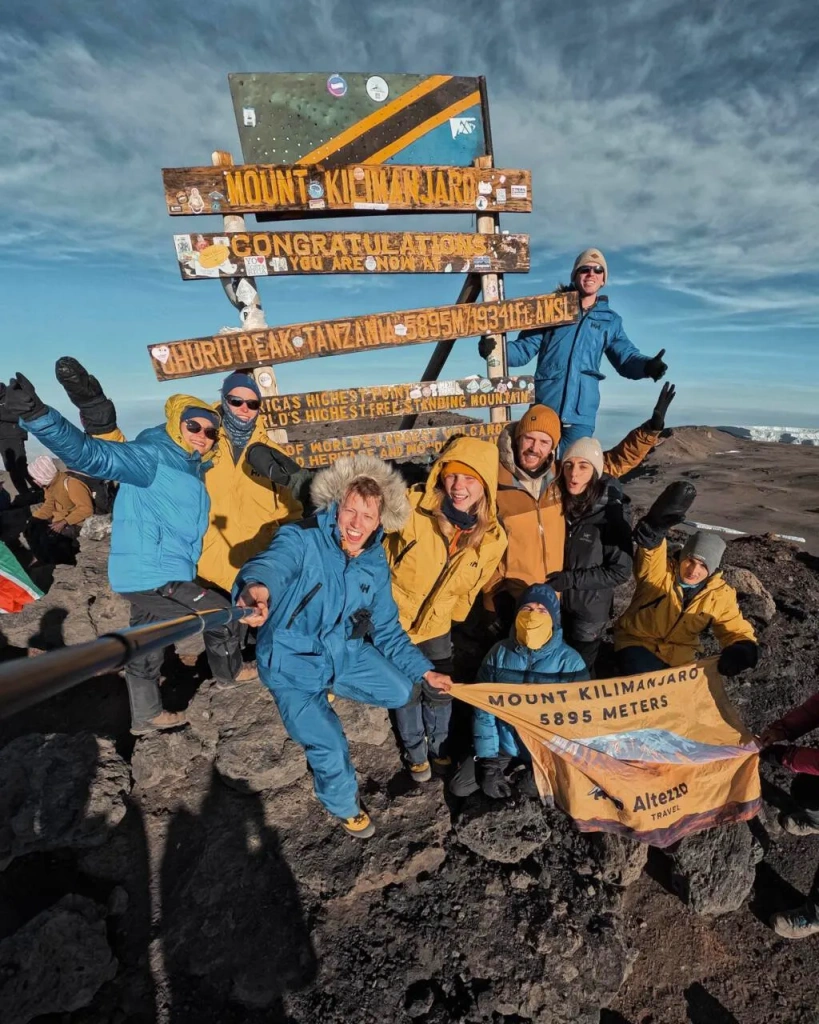
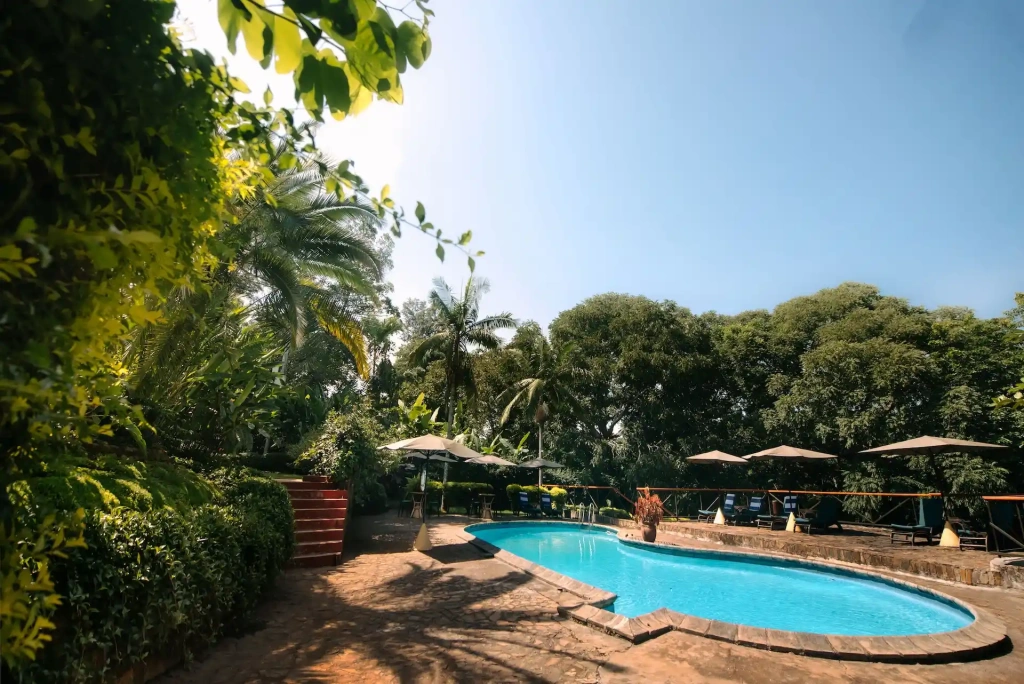
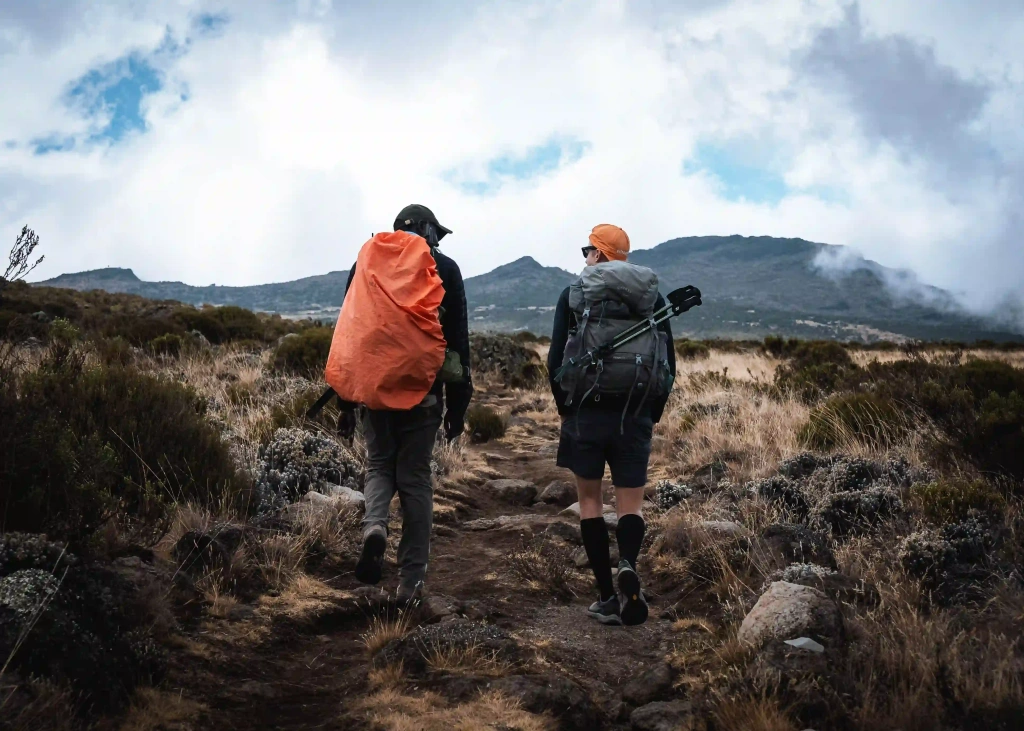
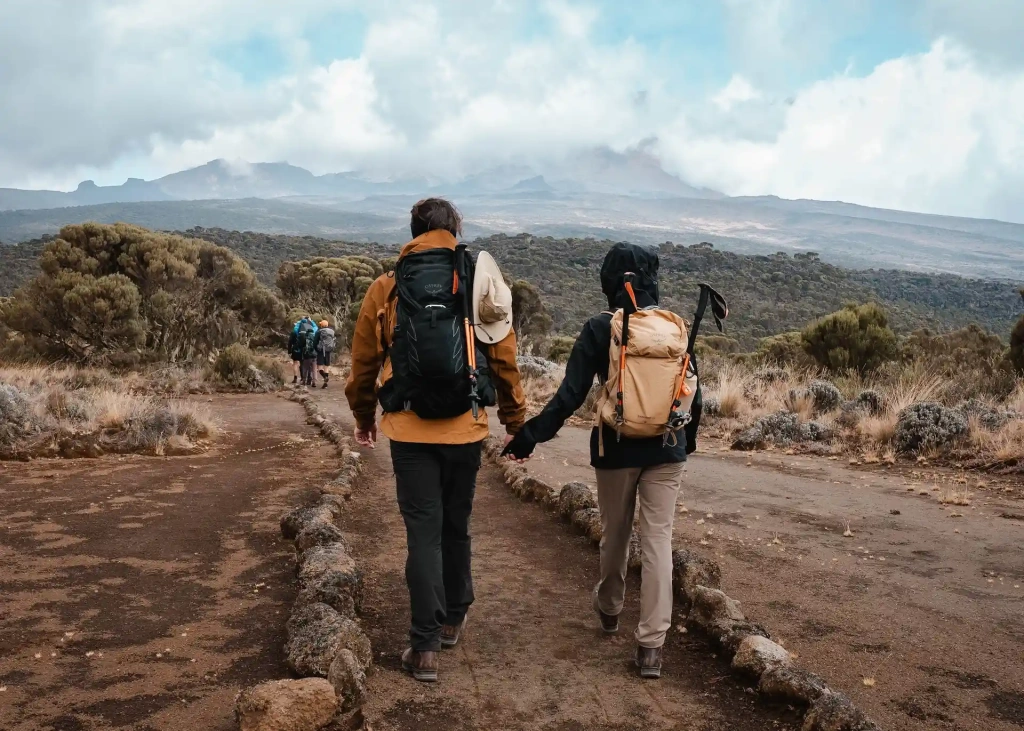
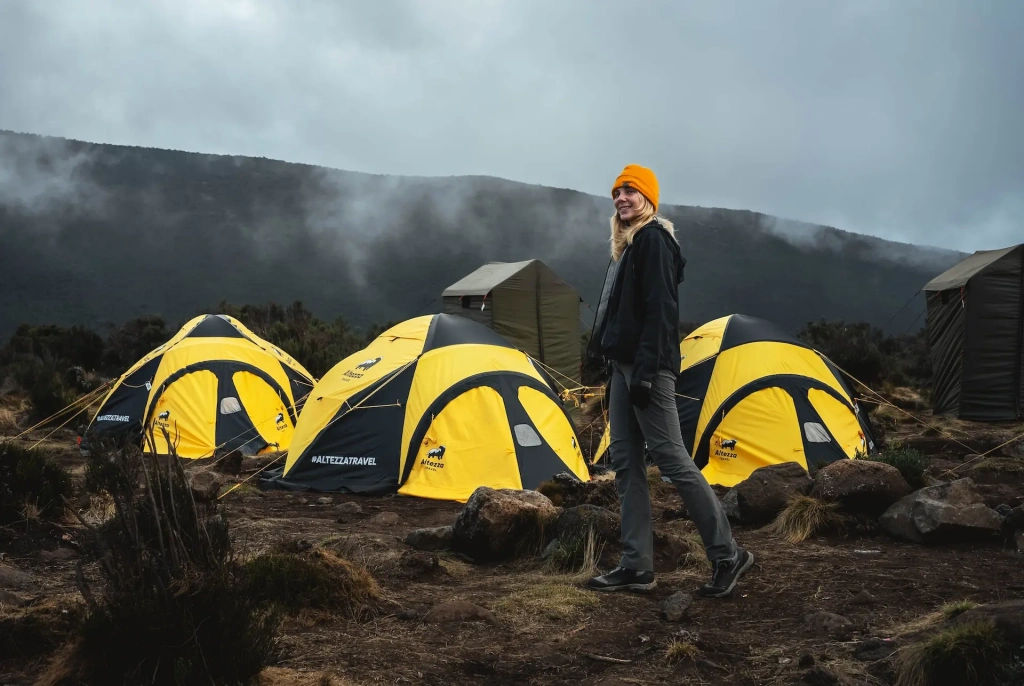
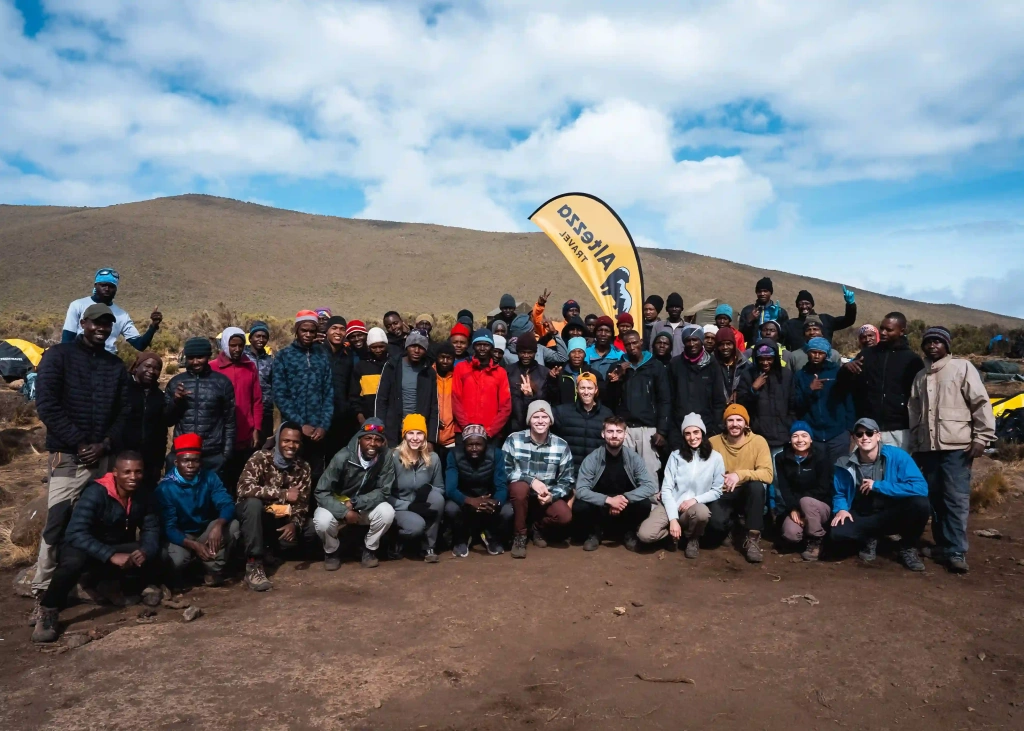


Hi Lynda!
Since my schedule was a bit tight, I ended up climbing in November, which is the start of the rainy season. We got lucky with the weather, but the chances of rain are higher than usual at that time of year. I’d recommend planning your climb for January through late February or June through early October. That’s when you’re most likely to have dry weather, though the trails can be a bit crowded. A great alternative is to consider the shoulder months – October and March – when there are fewer climbers. You can find more details here: https://altezzatravel.com/articles/best-time-to-climb-mount-kilimanjaro.
As for choosing a tour operator, I highly recommend Altezza Travel. We picked them after researching multiple companies, and it was absolutely the right choice. The experience was safe and comfortable, with professional guides, twice-daily medical checkups, delicious food, and an incredibly supportive crew.
You can get a glimpse of what an Altezza trip is like in this YouTube video: https://www.youtube.com/watch?v=_MRlLpSwAro.
If you go with a different operator, make sure they’re KPAP-listed. That’s the best way to ensure they run their climbs ethically and safely.
Let me know if you have any questions – happy to help! :)